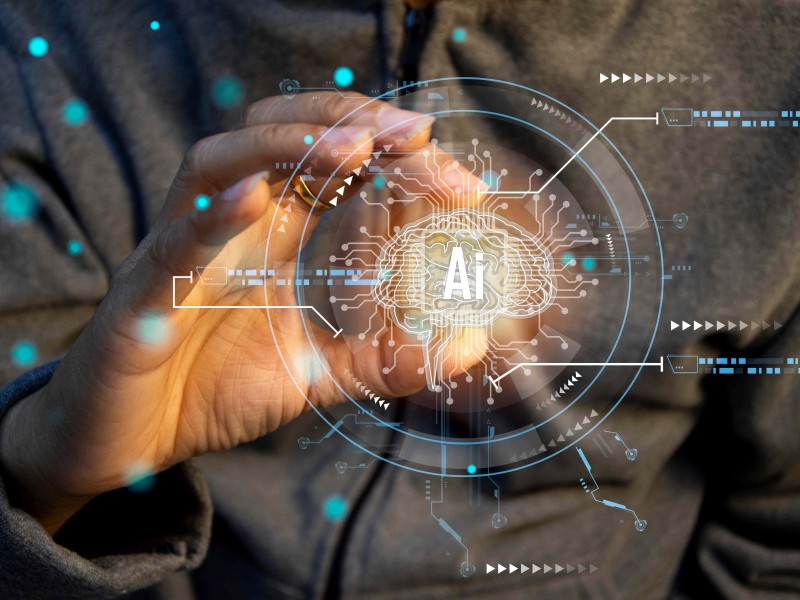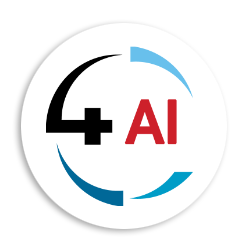Blog - Business Environment
Automation vs. AI: Choosing the Right Tool for Operational Excellence

Understanding Automation
Automation involves using technology to perform tasks with minimal human intervention, from simple rule-based processes to more complex workflows involving multiple systems. Key automation technologies include:
Digital Workflows: Tools like Microsoft Power Automate allow organisations to automate workflows, streamlining repetitive tasks like data entry, approvals, and notifications. For instance, a company can use Power Automate to automatically route invoices for approval, reducing processing time and errors.
Robotic Process Automation (RPA): RPA bots, such as those from Power Automate, UiPath or Automation Anywhere, can mimic human actions to perform tasks across multiple applications. These bots are ideal for high-volume, repetitive tasks like data extraction, form filling, and report generation, especially where legacy systems are in use, and modern integration methods are unavailable. For example, an RPA bot can extract data from emails and input it into a CRM system, allowing employees to focus on strategic work.
Digital Interfaces: Platforms like Microsoft Power Apps and Power Pages enable businesses to create custom applications and portals, digitising data collection and interaction processes. These tools help create user-friendly interfaces for tasks such as customer service, inventory management, and employee onboarding.
When Automation is the Right Choice
Automation is often the best solution for well-defined, repetitive tasks that don’t require complex decision-making. Here are a few scenarios where automation excels:
- Approvals & Reviews: Digitise existing processes with digital workflows that notify users to review or approve documentation. These workflows formalise and track who performs tasks within each step of a process, ensuring accountability and consistency.
- Data Entry and Processing: Automating data entry tasks reduces errors and improves efficiency. For example, a healthcare provider might use RPA to automate patient information entry into electronic health records (EHR) systems.
- Customer Service: Automated chatbots and digital interfaces can handle routine customer enquiries, delivering quick responses and freeing up human agents for more complex issues.
- Compliance and Reporting: Automation ensures consistency and accuracy in compliance-related tasks. Financial institutions, for example, can use RPA to generate regulatory reports, ensuring they meet compliance standards.
The Role of AI
AI uses algorithms and models to enable machines to perform tasks that usually require human intelligence, such as learning, reasoning, and problem-solving. While AI can enhance automation through capabilities like natural language processing (NLP) and predictive analytics, it’s not always necessary, especially when the decision-making process still relies on human input or unpredictable factors.
When AI is the Right Choice
AI is most beneficial in scenarios requiring advanced decision-making, pattern recognition, and predictive capabilities. Some examples include:
- Predictive Maintenance: AI can analyse data from sensors and equipment to predict when maintenance is needed, reducing downtime and extending the lifespan of machinery.
- Personalised Marketing: AI algorithms can analyse customer data to deliver personalised marketing messages and product recommendations, boosting customer engagement and sales.
- Fraud Detection: AI can detect patterns and anomalies in transaction data, helping to prevent fraud in real time.
Combining Automation and AI
The true potential of these technologies is realised when used together. Automation can manage routine tasks, while AI provides insights and decision-making capabilities. For example, an automated workflow could collect and process data, with an AI model then analysing it to generate actionable insights.
Conclusion
While AI is a powerful tool with significant potential, it’s not always the best or first solution for every challenge. Automation, with its ability to streamline and optimise well-defined processes, often provides a more practical and immediate benefit. By understanding the strengths and limitations of both automation and AI, decision-makers can select the right technology to address their specific operational challenges, ultimately creating a more efficient and productive future.
Call to Action
Reach out to us at This email address is being protected from spambots. You need JavaScript enabled to view it. for any automation or AI needs. Whether it’s streamlining your processes or enhancing automation with AI using the Microsoft Power Platform, we’re here to help.


